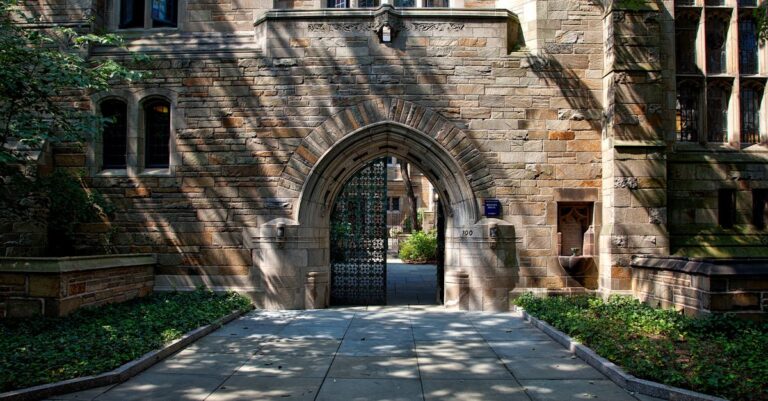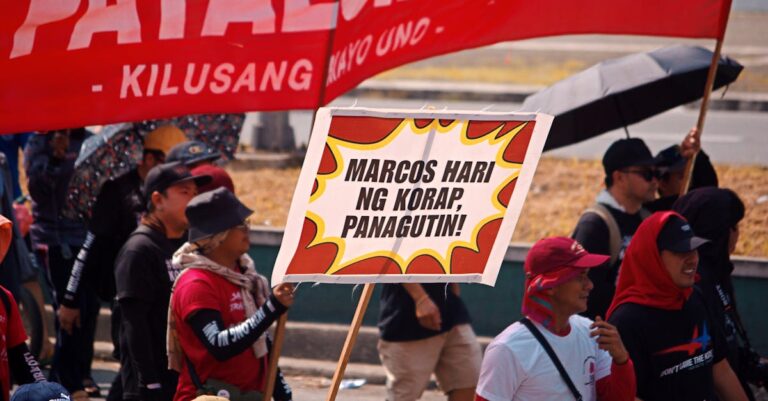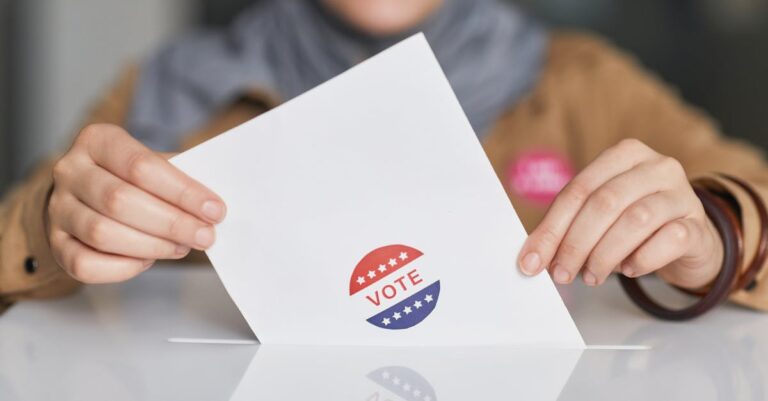
In recent years, the debate over dress codes in public schools has gained momentum, sparking controversy and heated discussions among parents, students, and educators alike. One particular aspect of this debate that has been increasingly scrutinized is the implementation of bans on certain types of attire in schools, with a specific focus on Saint Johns schools. As schools across the nation grapple with issues of disruptive health, understanding the impact of dress code bans is crucial in fostering a positive learning environment.
The concept of dress code bans in public schools has been a divisive topic, with proponents arguing that such restrictions promote a sense of professionalism and discipline among students, while opponents assert that they infringe upon students’ freedom of expression and individuality. In Saint Johns schools, this debate has taken on a heightened significance, as community values and cultural norms intersect with educational policy.
Proponents of dress code bans in Saint Johns schools often cite concerns about disruptive health as a primary motivator for imposing such regulations. By prohibiting certain types of attire that are deemed distracting or inappropriate, schools aim to create an environment conducive to learning and minimize disruptions in the classroom. Advocates argue that dress code bans help to establish a sense of decorum and respect among students, setting expectations for appropriate behavior and attire.
On the other hand, critics of dress code bans in Saint Johns schools argue that such regulations can be arbitrary and unfairly target specific groups of students. The enforcement of strict dress codes may inadvertently contribute to feelings of alienation and marginalization among students who do not conform to traditional standards of dress. Moreover, opponents argue that focusing on attire as a means of addressing disruptive behavior overlooks the underlying factors that may be contributing to student unrest, such as mental health issues or social pressures.
As public schools in Saint Johns and beyond continue to grapple with the challenges of disruptive health, it is important to approach the issue of dress code bans with sensitivity and nuance. Rather than imposing blanket restrictions that may inadvertently stifle creativity and self-expression, schools can work towards developing inclusive policies that balance the need for order and decorum with respect for students’ individuality.
In conclusion, the debate over dress code bans in public schools, particularly in Saint Johns schools, offers a nuanced glimpse into the intersection of education, culture, and disruptive health. By engaging in thoughtful dialogue and considering the perspectives of all stakeholders, schools can navigate this complex issue with empathy and understanding, ultimately fostering a positive and supportive learning environment for all students.








I think it’s really important to talk about these things ‘
Ugh, dress codes in schools, seriously?! Like, why do they gotta tell us what to wear, man? We should be able to express ourselves however we want, right? Schools should be focusing on more important stuff like, I don’t know, actually teaching us things that matter. And what’s with this disruptive health thing they keep talking about? Can’t
ugh, dress codes in schools, amirite? like, why do they care so much about what we wear? shouldn’t they be more focused on, I don
I think that having dress codes in schools can be good for keeping things in order, but at the same time, it’s important to
Ugh, dress codes in schools, really? Like, who even cares about what we wear, shouldn
I think it’s important to have a balance between having rules and letting students express themselves. Sometimes dress codes can be helpful in keeping distractions to a minimum, but it
Ya know what, I think it’s important for kids to be able to express themselves through their clothes, but also important to have rules so things don’t get too wild and crazy. Finding a balance is key, right? Like
lol they banning clothes now?! What’s next, banning backpacks because they’re too distracting? Imagine a school where everyone wears the same plain uniform, talk about a snoozef
Wowza, what a fancy discussion about dress codes in schools! It’s so cool to see how people can have such different opinions on something like what to wear. I think it’s important to
OMG, this is such an interesting debate! I think it’s important for schools to find a balance between promoting professionalism and allowing students to express themselves. Like, students should be able to
wow sory this is a long post but hey its cool to talk abot dress codes in schools. i think
Dress codes in skuls can be so divisive you know? it’s like sum people think it helps keep things orderly and stuff but others think it takes away from who they are. me personally, i think it’s imporant to let kids be themselves but also have some rules. it’s
Ha! Dress codes in schools, am I right? I remember trying to push the boundaries with my outfit choices back in the
Wow, this is a real heated topic! I think it’s important to balance rules with giving students a chance to express themselves. It’s like, you
wowza, this topic is a hot potato! dress codes in schools, bans on attire, freedom of expression, whoa. it’s like a big ole pot of stew with all these ingredients mixin’ together. gotta find that balance between being professional and not stif
I think dress codes in skool is importent to help students focus and behave in a professional way. It can be tuf
oh man, it’s like the students in Saint Johns schools can’t catch a break with all this dress code drama. it’s so sad that some kids might feel left out or judged because of what they wear. why can’t we all just be accepted for who we are, you know? hope things get better for everyone there. it’s important to be kind and understanding, especially when it comes
Dress code bans in schools can be a touchy subject. I think it’s important for everyone to consider both sides of the argument before jumping to any conclusions. While some may feel that these bans help with maintaining
Dress codes in public schools, especially in Saint Johns, have been a hot topic lately. Some say bans on certain clothing help students focus, but others think they restrict self-expression. It’s important to consider both sides and find a balance that respects students’ individuality while maintaining order. Let’s keep the conversation going in a respectful and understanding way to create a positive learning environment for
Ugh, dress codes in schools, seriously? Like who even cares what we wear as